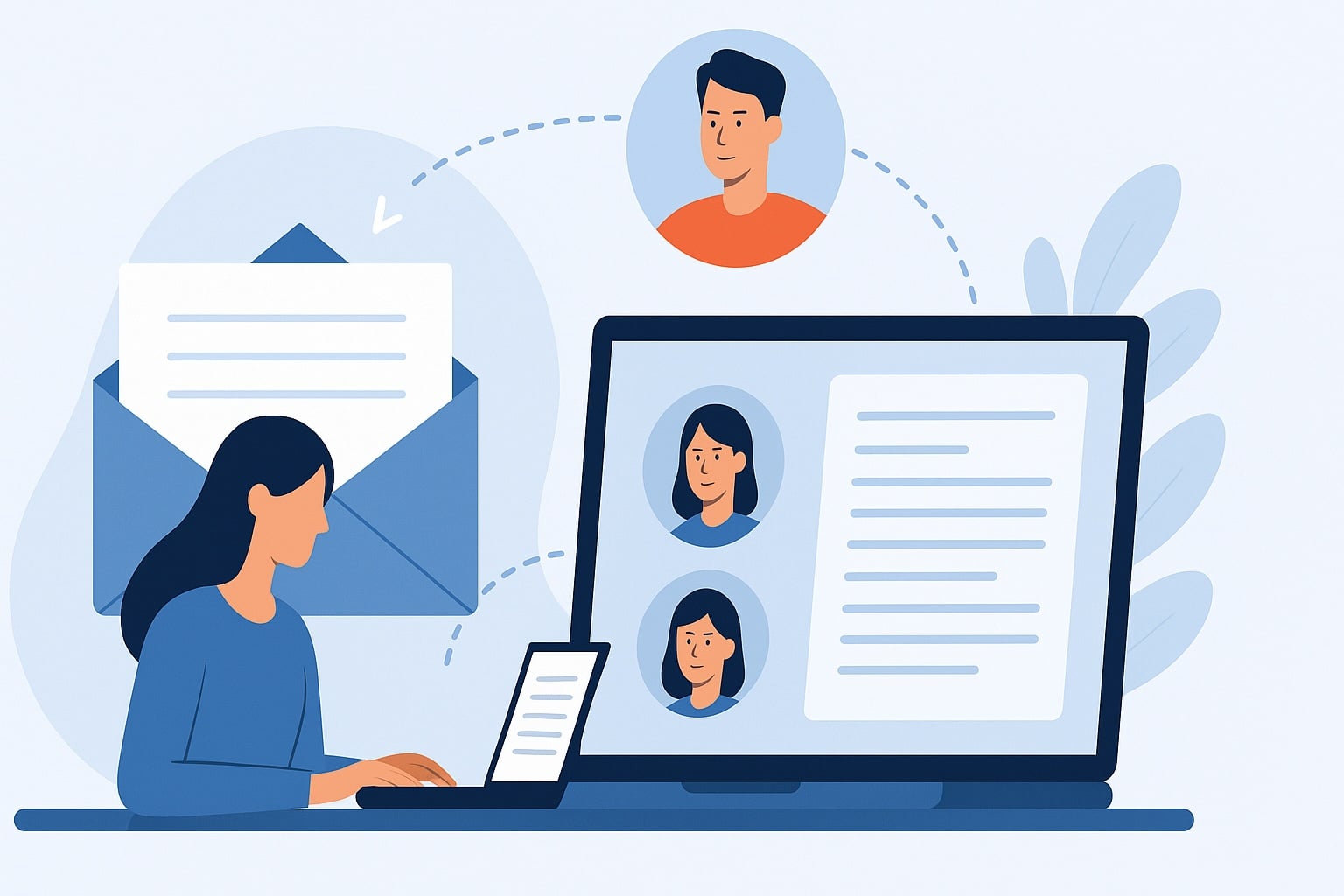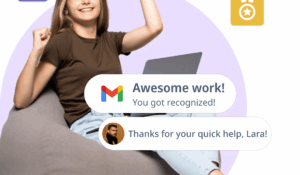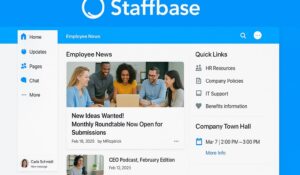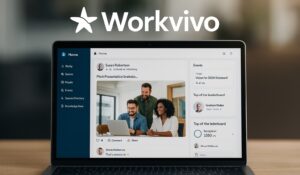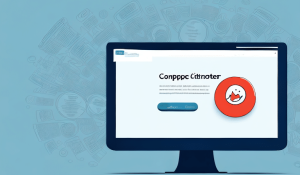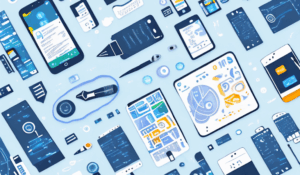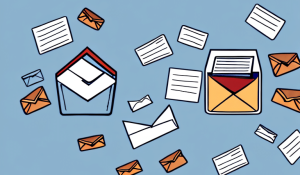Internal communication emails remain the most trusted and accessible way to connect employees, share updates, and align teams. Despite the rise of Slack, Teams, and SMS, email still holds its ground—especially when done right. Effective internal emails drive engagement, reduce confusion, and save time. Poor ones? They get ignored.
In this guide, we’ll cover why internal emails matter, share internal communication email examples, highlight best practices for effective internal email communication, explore campaigns, show how to measure performance, and explain how to scale with the right internal communications email software. For a broader view of your options, see our guide to internal communication tools and our breakdown of best internal newsletter platforms. We’ll also provide ready-to-use internal communication email templates you can adapt for your organization.
Why Internal Communication Emails Still Matter
Even in 2025, with instant messaging and collaboration tools dominating the workplace, email continues to be the backbone of internal communication. Why? It provides reliability, permanence, and accessibility that other tools struggle to match.
Here are the top reasons why internal email remains indispensable for effective internal email communication:
- Trust & Familiarity – Employees already use email daily, reducing the learning curve. Moreover, familiarity reduces resistance to adoption.
- Accessibility – Accessible across devices, including mobile, making it ideal for deskless or remote workers. In addition, email ensures reach for employees who may not use other platforms.
- Versatility – From leadership updates to crisis communication, email covers a wide range of use cases. Therefore, it remains relevant for nearly every business function.
- Documentation & Permanence – Unlike chat, emails can be archived, searched, and referenced later. As a result, they provide a reliable record.
- Measurability – With the right email platform, you can measure open rates, click-throughs, survey responses, and engagement trends. Consequently, you can continuously improve your communication strategy.
📊 According to Gallup, 68% of employees are disengaged at work. Effective internal communication is one of the biggest drivers of engagement. Additionally, McKinsey reports that companies with effective communication are 3.5x more likely to outperform peers. These numbers reinforce why internal email remains essential.
For broader context, see our guide to internal communication software.
What Makes an Internal Communication Email Effective?
Effective emails share common traits that help them stand out, grab attention, and deliver results. Before diving into email templates and examples, here’s what makes effective internal email communication work:
1. Clarity & Purpose
A vague subject line like “Update” gets ignored. In contrast, a clear subject like “Policy Change: Remote Work Effective Sept 1” gets opened.
2. Scannable Design
Break long text into short paragraphs. Use headers and highlight action items with bullet points. This makes emails easy to skim in under 30 seconds.
3. Audience Segmentation
Not every employee needs every message. HR policy updates may be company-wide. IT system updates may only apply to technical staff. Sending relevant content keeps attention high.
4. Accessibility & Mobile Optimization
Ensure all employees—including frontline staff—can read your emails. Stick to single-column layouts, use alt text for images, and test on mobile devices.
5. Feedback & Interaction
Employees are more engaged when communication isn’t one-way. Adding surveys, polls, or quick-reply options keeps the flow interactive.
6. Consistent Branding
A standard format (headers, footers, colors) builds recognition and professionalism. Use structured employee newsletter templates to save time and maintain consistency.
7. Measurement & Iteration
Track metrics like open rates, CTR, read times, and survey participation. Adapting subject lines, formats, and timing based on real data improves results.
Steps to Write an Internal Communication Email
It helps to follow a repeatable process to ensure your emails are consistent and effective. Here’s a simple five-step framework:
- Define Your Goal – Decide what you want employees to know, feel, or do.
- Segment Your Audience – Send only to the relevant group.
- Craft a Clear Subject Line & Intro – Get attention and set expectations.
- Write Scannable Content – Use short paragraphs, bullets, and bolded key points.
- Add Call to Action & Feedback Option – Make next steps clear and invite responses.
By following these steps, you create consistency and build trust in your communication approach.
Types of Internal Communication Emails
For categories like newsletters and spotlight features, it’s helpful to look at both examples and supporting tools. For instance, see our breakdown of internal newsletter software for guidance on choosing the right platform alongside these categories.
Here are the most common categories to consider:
- Leadership Updates: CEO letters, vision-setting messages. These communications reinforce leadership visibility.
- Company News & Announcements: Product launches, milestones, organizational changes. They help align everyone on progress.
- Change Management: Explaining transitions (new software, restructuring). Well-crafted change emails reduce confusion.
- Crisis & Safety Alerts: Security incidents, weather closures, compliance issues. These must be timely and direct.
- Policy Updates: HR or operational changes. Clarity is essential to avoid misinterpretation.
- Recognition & Appreciation: Highlighting achievements, celebrating milestones. These messages build morale.
- Employee Spotlights: Stories that build culture and recognition. See our tips on creating an engaging spotlight newsletter.
- Onboarding & HR Emails: New hire introductions, training reminders. These help new employees integrate faster.
- Diversity & Inclusion: Celebrating cultural events, sharing DEI initiatives. They foster inclusivity.
- Wellness & Culture: Mental health resources, wellness challenges. These show organizational care.
- Event Invitations: Town halls, training, team events. These encourage participation and engagement.
Internal Communication Email Examples
Examples bring theory to life. Below are real-world scenarios of internal communication email examples and what they look like:
Leadership / CEO Update
Subject: Quarterly Strategy & Goals — Q3 Body: Hi Team, As we begin Q3, here are our top priorities: • Increase customer satisfaction by 10% • Launch product update by August 15 • Streamline documentation I’ll host a company-wide Q&A on Tuesday. Send questions by Monday.
New Policy / Change Announcement
Subject: Important: Updated Remote Work Policy Effective Sept 1 Body: Starting Sept 1, we’re updating our remote work policy: • Remote work: 2 days/week for customer-facing teams • Timesheets due Fridays 5pm • Monthly manager check-ins required Review full policy [link]. Questions? Join office hours Thursday.
Recognition / Appreciation Email
Subject: Shoutout: Marketing Team’s Q2 Results Body: Kudos to Marketing for exceeding lead gen targets by 25%! Special thanks to [names] for leading the campaign.
Crisis / Safety Alert
Subject: Urgent: Security Incident — Immediate Steps Required Body: Please: • Don’t open suspicious attachments • Reset your password immediately [link] • Report unusual emails to IT Security Updates will follow.
For more inspiration, check out additional company newsletter ideas.
Internal Communication Email Templates
Templates give you a starting point and ensure consistency. Here are five ready-to-use internal communication email templates:
Template 1: General Update / Newsletter
Subject: [Company] Update — [Month/Quarter] Highlights
Hi [Team],
Here’s what’s new:
• [Highlight #1]
• [Highlight #2]
• [Upcoming event]
Questions? Reply or join our Q&A on September 15, 2025.
Best,
[Name]
Template 2: Policy Announcement
Subject: Update: [Policy Name] Effective [Date]
Hi All,
We’re updating [policy/process] to [reason].
What’s changing:
• [Change #1]
• [Change #2]
See full document: [link]. Questions? Join office hours September 15, 2025.
Template 3: Recognition / Appreciation
Subject: Kudos: Celebrating [Team/Person]!
Hi Everyone,
We want to recognize [Team/Person] for [achievement]. Their efforts had a big impact on [result].
Thanks,
[Leader]
Template 4: Event Invite
Subject: Join Us: [Event Name] on [Date]
Hi [Team],
You’re invited to [event]. Details:
• Date: September 15, 2025
• Time: [time]
• Location: [location or link]
Please RSVP by [deadline].
Template 5: Wellness / Culture Email
Subject: Wellness Tip of the Week — [Theme]
Hi All,
This week’s wellness tip: [brief advice].
Check out resources here: [link].
Stay healthy,
HR Team
For more options, explore these free employee newsletter templates.
Campaigns: Beyond Single Emails
Internal emails shouldn’t be one-offs. They can form campaigns that build momentum over time. Here’s how organizations use them effectively:
- Educate employees on new initiatives (e.g. hybrid work policies). These campaigns drive awareness.
- Reinforce culture (e.g. month-long recognition campaigns). They build sustained morale.
- Collect feedback with surveys and polls. Leaders gain actionable insights.
- Align with external marketing for consistency. Internal and external narratives stay in sync.
Use a campaign calendar to coordinate across email, intranet, SMS, and digital signage. Learn how to choose the best internal newsletter software to build campaigns that scale and tie them back to your broader internal communication tools strategy.
Internal Email Analytics & Benchmarks
Measurement is critical. Tracking ensures your emails aren’t just being sent, but also being read and acted on.
According to Ragan’s State of Internal Communications Report, average benchmarks for internal emails are:
- Open rate: 65–70%
- Click-through rate: 10–15%
- Read time: 30–40 seconds on average
With platforms like HubEngage, you can go deeper with analytics such as:
- Engagement by office/location
- Survey responses inside the email
- Anonymous comments
- Most-clicked links
- Best sending times
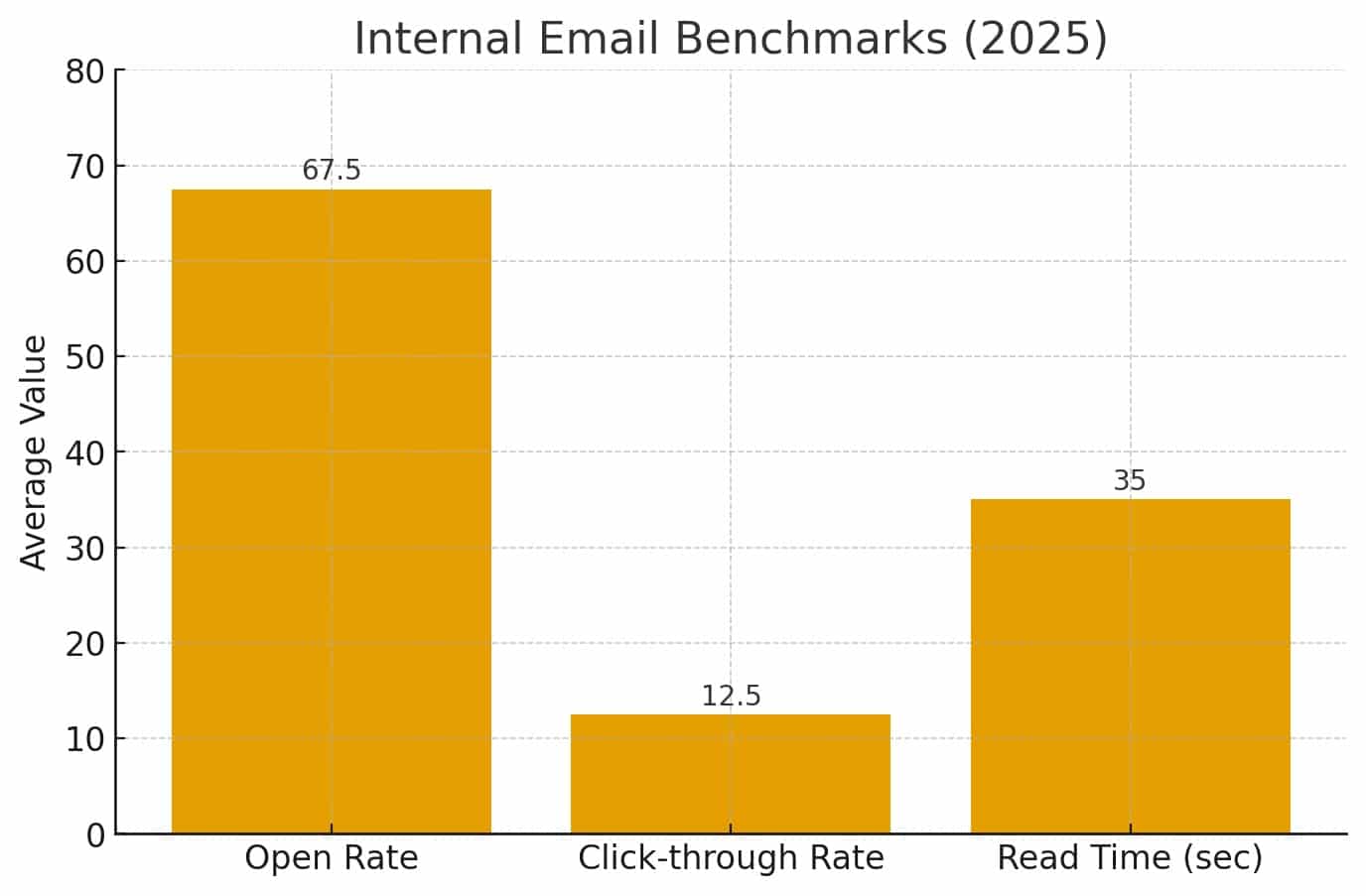
These insights help you refine campaigns continuously.
Personalization & Segmentation Strategies
Personalization makes employees feel valued and drives higher engagement. Campaign Monitor found that personalized subject lines can increase open rates by up to 26%.
Here are simple strategies to personalize and segment internal emails:
- Use employee names in subject lines or greetings. This feels more personal.
- Segment by department or geography. Content stays relevant.
- Send multilingual emails for global teams. This increases inclusivity.
- Tailor recognition emails to highlight team-specific wins. Employees see their contributions acknowledged.
HubEngage integrates with HRIS and payroll platforms, making segmentation seamless.
Pitfalls to Avoid in Internal Communication Emails
Even with the best intentions, some emails fall flat. Here are common mistakes to avoid:
- ❌ Overloading with information – Too much detail overwhelms employees. Link out for more info.
- ❌ Unclear subject lines – Leads to low open rates. Clarity is crucial.
- ❌ Jargon-heavy content – Alienates employees outside specialist teams. Keep language simple.
- ❌ No clear CTA – Leaves employees unsure what action to take. Engagement drops.
- ❌ Sending to everyone – Decreases relevance and increases disengagement. Always segment where possible.
Design & Accessibility Checklist
Before hitting send, ensure your email meets these design standards:
- Mobile-friendly layout. Always test on different devices.
- Alt text for images. Visuals remain accessible.
- Clear CTA buttons instead of text links. This improves clicks.
- High-contrast colors for readability. This helps employees with visual impairments.
- Font size 14px+ for accessibility. Text stays legible across screens.
Checklist Before Sending
A final checklist reduces errors and ensures every email is effective:
- ✅ Clear subject line. Check it matches the email’s content.
- ✅ Purpose stated early. Readers know why it matters.
- ✅ Scannable formatting. Key details don’t get lost.
- ✅ Segmented audience. Employees only get relevant info.
- ✅ Accessible & mobile-friendly. Readable on all devices.
- ✅ Feedback channel included. Communication stays two-way.
- ✅ Proofread for clarity. Check tone and grammar.
- ✅ Engagement tracking enabled. You’ll know what works.
Conclusion
Internal communication emails remain essential in 2025—but they must evolve. Clear writing, thoughtful design, personalization, and measurement turn emails into powerful tools for alignment and engagement. With the right internal communication email templates, practical internal communication email examples, and a modern platform like HubEngage, you can ensure every message contributes to effective internal email communication.
For more, explore HubEngage’s internal communications email platform or our guide to internal communications tools.
FAQs on Internal Communication Emails
What is an internal communication email?
It’s a message sent within an organization to employees, aimed at informing, aligning, or engaging them.
How do I write an effective internal communication email?
Keep it clear, concise, and relevant. Use scannable formatting, include a call to action, and send it only to the employees who need it. Following proven internal communication email templates helps ensure consistency.
What are common types of internal communication emails?
Examples include leadership updates, policy changes, recognition notes, newsletters, and crisis alerts.
What’s the difference between an internal email and a newsletter?
An internal email can be any one-off message. A newsletter is typically recurring and formatted with multiple sections of updates.
How do I measure success of internal emails?
Track open rates, click-throughs, read times, survey responses, and employee feedback using advanced analytics in an internal communications email platform.
Can I send internal comms emails through Outlook or Gmail?
Yes, but you’ll lack design, segmentation, and analytics. Learn why you should move beyond Outlook for bulk email and instead use a purpose-built platform. If you’re stuck managing lists, here’s a guide on how to create an Outlook email list.

